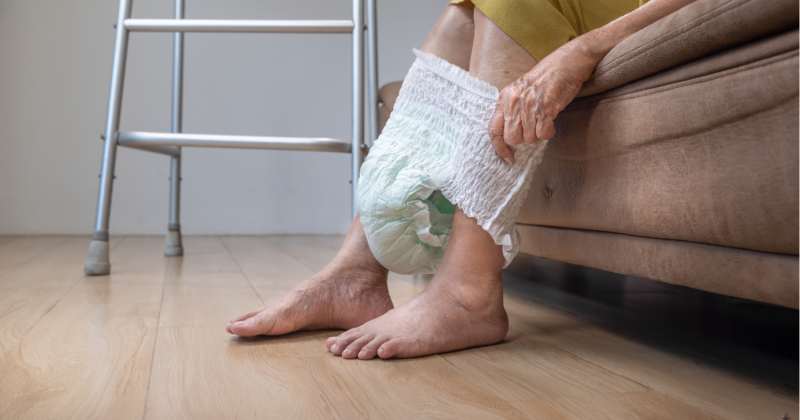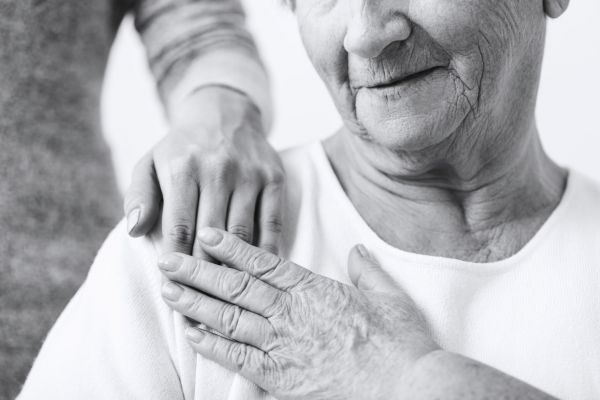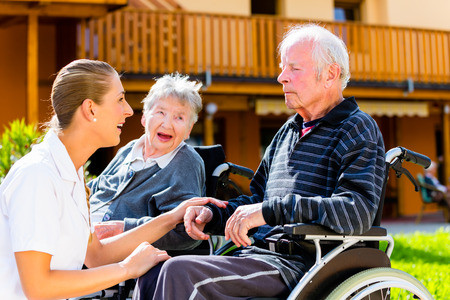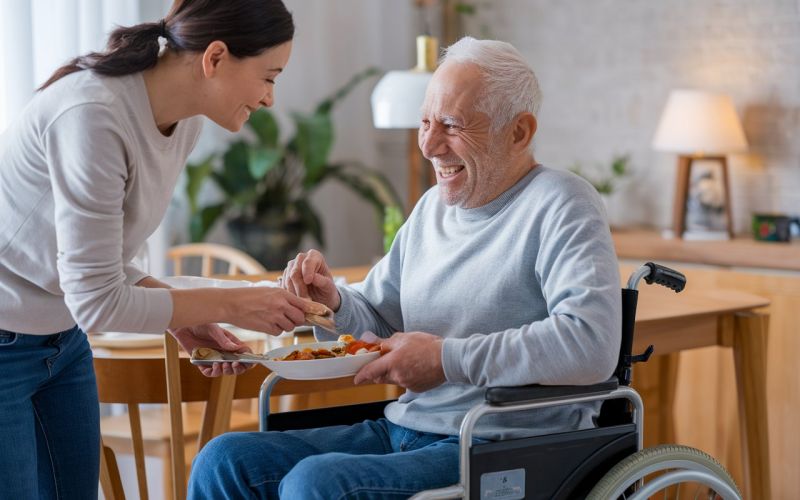How to Manage Incontinence in Elderly Patients: A Comprehensive Guide
iSavta | 28.01.2024

Incontinence, the inability to control one's bladder or bowels, is a common issue affecting many elderly individuals. It can be embarrassing and distressing for both the patients and their caregivers. However, with the right approach and management strategies, elderly patients with incontinence can lead a comfortable and dignified life. This article aims to provide a comprehensive guide on how to effectively manage incontinence in elderly patients.
Understanding the Types of Incontinence
Before implementing management strategies, it is crucial to understand the various types of incontinence that elderly patients may experience:
Stress incontinence: This occurs when there is pressure on the bladder, leading to urine leakage. Common causes include laughing, sneezing, or lifting heavy objects.
Urge incontinence: Also known as an overactive bladder, this type involves a sudden and intense urge to urinate, often resulting in accidental leakage.
Overflow incontinence: This happens when the bladder does not empty fully, causing it to overflow and lead to dribbling of urine.
Functional incontinence: This type occurs when physical or mental limitations prevent the elderly from reaching the bathroom in time despite having normal bladder control.
Mixed incontinence: As the name suggests, this is a combination of two or more types of incontinence, often seen in older adults.
Management Strategies for Incontinence
Consult a Healthcare Professional:
The first step in managing incontinence in elderly patients is to consult a healthcare professional, such as a urologist or geriatric specialist. The healthcare provider will perform a thorough evaluation to identify the underlying cause and determine the most appropriate treatment plan.
Lifestyle Modifications:
Encourage elderly patients to make certain lifestyle changes that can alleviate incontinence symptoms. These may include:
Maintaining a healthy weight: Excess weight can put pressure on the bladder, worsening incontinence. Encourage a balanced diet and regular exercise to achieve and maintain a healthy weight.
Proper fluid intake: While it may seem counterintuitive, limiting fluids excessively can irritate the bladder. Instead, encourage a consistent and moderate fluid intake, avoiding large amounts of fluids before bedtime.
Timed voiding: Establish a regular bathroom schedule to empty the bladder, even if there is no immediate urge. This practice can help prevent accidents and reduce the frequency of incontinence episodes.
Pelvic Floor Exercises:
For patients with stress or mixed incontinence, pelvic floor exercises (Kegel exercises) can be immensely helpful. Strengthening the pelvic floor muscles can improve bladder control and reduce urine leakage. Encourage elderly patients to perform these exercises regularly and correctly.
Medication:
In some cases, healthcare professionals may prescribe medications to manage incontinence. For instance, anticholinergic drugs can help control an overactive bladder, while alpha-blockers may be prescribed for men with urinary retention issues. It's essential to follow the prescribed dosage and report any side effects to the healthcare provider.
Assistive Devices:
There are various assistive devices available to help manage incontinence in elderly patients. These include:
Adult diapers or absorbent pads: These offer protection against leakage and are discreetly worn under clothing.
Bed pads and mattress protectors: These items help protect the bed from accidental leakage, making cleanup more manageable.
External catheters: For male patients with urinary incontinence, external catheters (condom catheters) can be used to redirect urine into a collection bag.
Behavioral Techniques:
Behavioral techniques can be valuable in managing urge incontinence. These techniques include:
Bladder training: Gradually increase the time between bathroom visits to train the bladder to hold urine for longer periods.
Urgency control strategies: Distraction techniques, deep breathing exercises, and pelvic floor contractions can help reduce the urge to urinate.
Emotional Support:
Incontinence can take a toll on the emotional well-being of elderly patients. It is crucial to provide emotional support, reassurance, and understanding to reduce feelings of embarrassment and shame. Encourage open communication and create a safe environment where patients can discuss their concerns and seek assistance.
Conclusion
Managing incontinence in elderly patients requires a holistic approach that combines lifestyle modifications, medical interventions, assistive devices, and emotional support. By understanding the different types of incontinence and implementing appropriate strategies, caregivers can help elderly patients maintain their dignity, improve their quality of life, and effectively manage this common condition. Remember, consulting healthcare professionals and involving them in the management process is essential for individualized care and optimal results.












